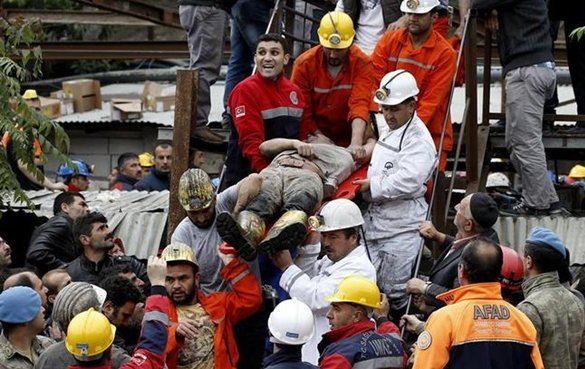The tool aims to prevent and reduce the number of accidents in the mining environment.

The R+D+I department of The Chamber of Mines of Peru develops its FataLab 4.0 tool. This aims to provide our students with an analysis and simulation of specific cases; therefore, the number of accidents within the mining environment will be prevented and reduced.
According to the latest report of the Ministry of Energy and Mines of Peru (Minem), more than 50% of the accidents that occur in the mining activity are due to three main reasons, namely, rock falls, transportation, and falling persons.
This new tool is aimed primarily at mining safety professionals. Through it, they will be able to inspect and collect data on past accidents that occurred in national and international operations. In order to offer a dynamic and interactive experience, each example is complemented with a high level of audiovisual content. This consists of a photo gallery, video compilation and statistical tables.
The FataLab 4.0 tool is developed by our institution and is based on presenting prevention measures and analyzing methods to reduce the number of mining fatalities. It also pays more attention to workers’ accidents caused by rock falls, traffic and falling persons.
According to data provided by Minem, rock falls have become the main cause of fatalities at the national level (32%). Several cases can be mentioned, such as the one that occurred in July 2015, in Huánuco, Peru. The accident left a worker crushed by the internal rockfall.
Also that same year, three workers died when they were buried by a rock in Puno while working in a mine shaft.
A similar case occurred in Colombia, where a 45 year-old employee died after a rockfall. The event occurred inside a deposit located in the municipality of Amagá, department of Antioquia.
Another of the main causes of death among mining workers are traffic accidents. In Peruvian territory, during the last 16 years, it has represented 11%, according to data provided by the Minem.
At the end of last year in the city of Santiago de Chuco (La Libertad region), a crash between a 4×4 pickup truck and a dump truck resulted in two persons dead and three injured. Another similar case was recorded in March 2015, in the district of Bella Union (Arequipa region). In this accident, four miners lost their lives after the van in which they were returning from Lima skidded off the road.
This type of incident has also been reported in other countries during the last year. In Argentina two workers of a mining company in the province of Santa Cruz died last year. The incident occurred when they were operating an auxiliary irrigation truck to drive it into the interior of the deposit through a steep access ramp.
“The inertia of the vehicle caused it to acquire great speed and it hit the wall of the mine,” said police sources in the area. The crash caused the water tank to move towards the cabin; consequently, it crushed the two occupants operating the truck. In addition, last year there were also traffic accidents in Chile causing more than one death. One of the most shocking occurred in Antofagasta, near the operations center of a mine, resulting in the death of two workers.
The fall of people has also become another factor that has caused more deaths in the mining sector. The Minem report indicates that since 2000 to date, the number of fatalities represents 9%.
In Peru, several such cases have been reported in the past year. For example, in July, a young informal worker in Arequipa lost his life when he fell into a deep tunnel. Situations like this have been experienced internationally in recent months, as in the case of Chile. In this country, a worker died when he was working in a 10-meter deep pit; a bad maneuver on the edge led him to fall into the structure. The unfortunate man was rescued alive by his co-workers, but died while being transported to a hospital.
Finally, we can mention a case in Bolivia, in the city of Oruro. A 22-year-old worker fell into a 50-meter void, which resulted in his death. As can be seen, the timely development of the FataLab 4.0 tool aims to contribute to improving students’ knowledge on safety issues; therefore, it will help prevent and reduce the number of fatal accidents in the future. All this will favor the consolidation of a more profitable and sustainable mining industry.